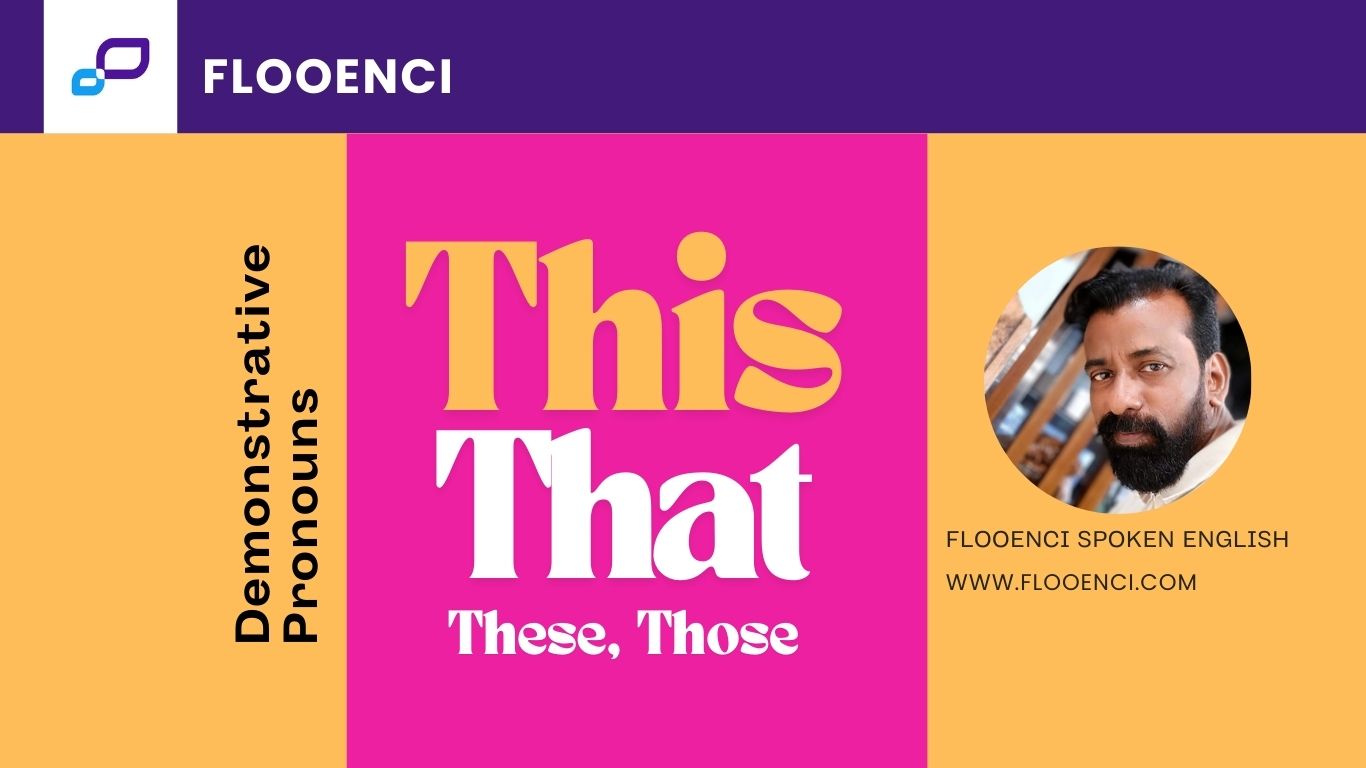
Demonstrative Pronouns: A Comprehensive Guide
When learning a language, understanding how to effectively point out specific objects, people, or ideas is essential. Demonstrative pronouns play a crucial role in achieving this. In this article, we’ll explore what demonstrative pronouns are, their usage, examples, and tips to master them. Whether you’re a student, a language enthusiast, or someone brushing up on grammar, this guide will provide valuable insights.
What Are Demonstrative Pronouns?
Demonstrative pronouns are words used to replace nouns and indicate specific items or ideas in a sentence. They help avoid repetition and make communication concise. In English, the four main demonstrative pronouns are:
- This
- That
- These
- Those
How Do Demonstrative Pronouns Work?
Demonstrative pronouns vary based on two key factors:
- Number: Refers to whether the noun is singular or plural.
- Proximity: Refers to the physical or metaphorical distance between the speaker and the noun.
| Pronoun | Number | Proximity | Example Sentence |
|---|---|---|---|
| This | Singular | Close | This is my favorite book. |
| That | Singular | Far | That was an unforgettable experience. |
| These | Plural | Close | These are the pens I bought yesterday. |
| Those | Plural | Far | Those were the days we cherished most. |
Common Uses of Demonstrative Pronouns
1. Pointing Out Specific Items
Demonstrative pronouns help identify particular items in a group.
- Example: “These are delicious cookies.”
2. Referring to Ideas or Concepts
They can replace abstract ideas previously mentioned.
- Example: “That was an insightful comment.”
3. Highlighting Contrast
They emphasize differences between two or more subjects.
- Example: “This is what I mean; that’s what you said.”
4. Clarifying Context in Conversations
Demonstrative pronouns help clarify context, especially in spoken language.
- Example: “Is this what you were looking for?”
Tips for Using Demonstrative Pronouns Effectively
- Ensure Clarity Always ensure the pronoun clearly refers to a specific noun or idea to avoid confusion.
- Match the Number Use singular pronouns for singular nouns and plural pronouns for plural nouns.
- Consider Proximity Choose pronouns based on how close or far the subject is from the speaker.
- Avoid Overuse While demonstrative pronouns are helpful, overusing them can make sentences repetitive and unclear.

Common Mistakes to Avoid
1. Using the Wrong Pronoun for Proximity
Incorrect: “These are the mountains we saw in the distance.” Correct: “Those are the mountains we saw in the distance.”
2. Ambiguity
Avoid using demonstrative pronouns without clear antecedents.
- Ambiguous: “This is important.”
- Clear: “This document is important.”
Practice Exercises
- Replace the nouns in the sentences with appropriate demonstrative pronouns:
- “The flowers in the vase are beautiful.”
- “The jacket on the chair belongs to John.”
- Choose the correct pronoun:
- “(This/That) is the best movie I’ve ever seen!”
- “(These/Those) apples were picked from the orchard.”
Conclusion
Demonstrative pronouns are small but powerful tools that make communication precise and engaging. By mastering their use, you can express yourself clearly and avoid unnecessary repetition. Practice regularly, pay attention to proximity and number, and soon, using demonstrative pronouns will become second nature.
Start incorporating these handy pronouns into your everyday conversations and writing—you’ll notice the difference!



